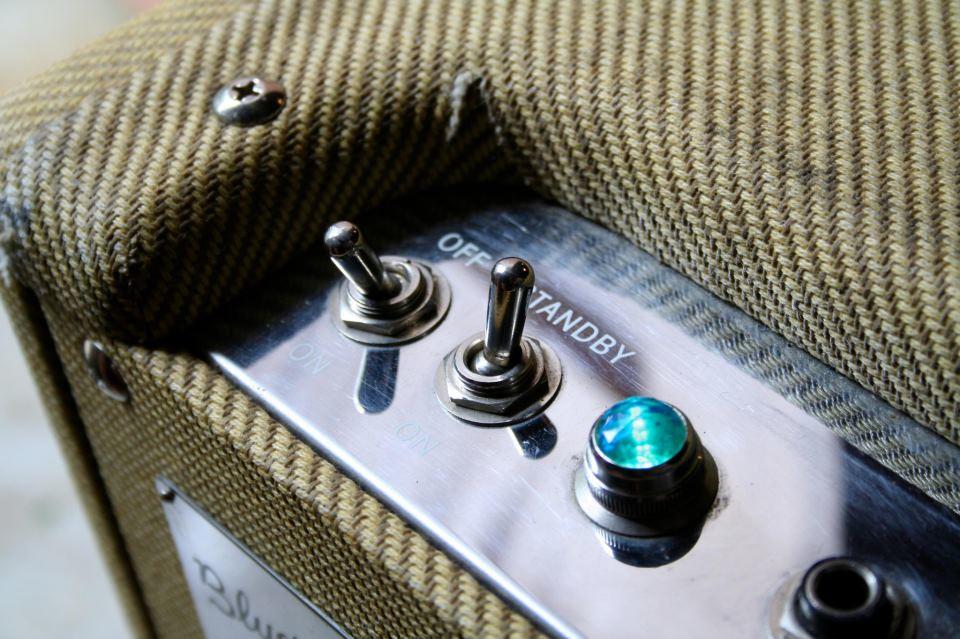
In any electric blues outfit there’s going to be at least one amplifier on the stage, and likely two or more. For many, however, as long as an amp is operating there’s no reason to look further into it. Learning a little about your gear can help you keep down operating and repair costs, though. It can also help when the time comes to purchase new gear. As they say, knowledge is power, so let’s get some power on our side, shall we?
For our purposes in this example, American Blues Scene is going to concentrate on the tube amplifier. While plenty of players make use of solid-state and hybrid amps, tube amps are still a strong favorite in the blues world and the only amp at all that was available to the first blues players who decided to plug in.
Tube amps consist of three basic sections: power supply, preamp and power amp. The power supply is responsible for taking the voltage that comes out of the wall socket and converting it into the varying types of current that different parts of the amp need. The power tubes require something in the range of 300 – 500 volts or higher. Preamp tubes use something in the range of 200 volts. Low voltage on the order of 6 – 12 volts is needed for filaments in the tubes as well as the pilot light. The rectifier tube is also located in this section of the amp.
The preamp section of the amp handles the duty of converting that miniscule voltage delivered from the instrument (millivolts in the case of guitar pickups) and converting it into something that the power amp can utilize. It is also the section wherein lots of tone shaping and controlling can be done via treble and bass as well as effects such as reverb or tremolo.
The power amp provides the overall punch, as one might expect from its name. Thought the preamp took a tiny signal and made it bigger, something is still needed that can drive the speakers. The power amp generates wattage suitable for this purpose. The power amp also has a noticeable affect on tone. As the volume knob goes toward eleven the power amp’s tubes get involved in the overall sound. Also included in this section is the output transformer that falls between the output tubes and the speaker and allows these two very electronically different devices to work together harmoniously.
Knowing a little can cause you to want to know a great deal more. If you’re curious, numerous free online resources are available. For a much deeper understanding, consider looking a book such as “The Guitar Amplifier Handbook” by Dave Hunter.


